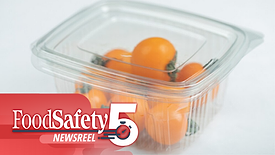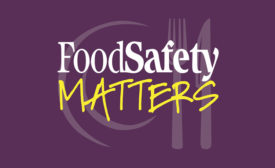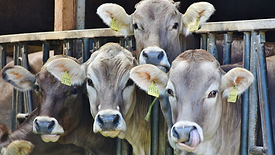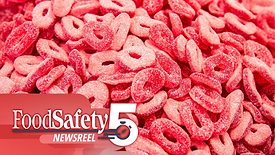Chemical
Upcoming EPA Deadline to Disclose PFAS Use Means Likely Surge in Litigation for Food Industry
Reports to EPA by PFAS manufacturers and importers are likely to lead to a major increase in new consumer claims
February 12, 2025
Never miss the latest news and trends driving the food safety industry
eNewsletter | Website | eMagazine
JOIN TODAY!Copyright ©2025. All Rights Reserved BNP Media.
Design, CMS, Hosting & Web Development :: ePublishing











